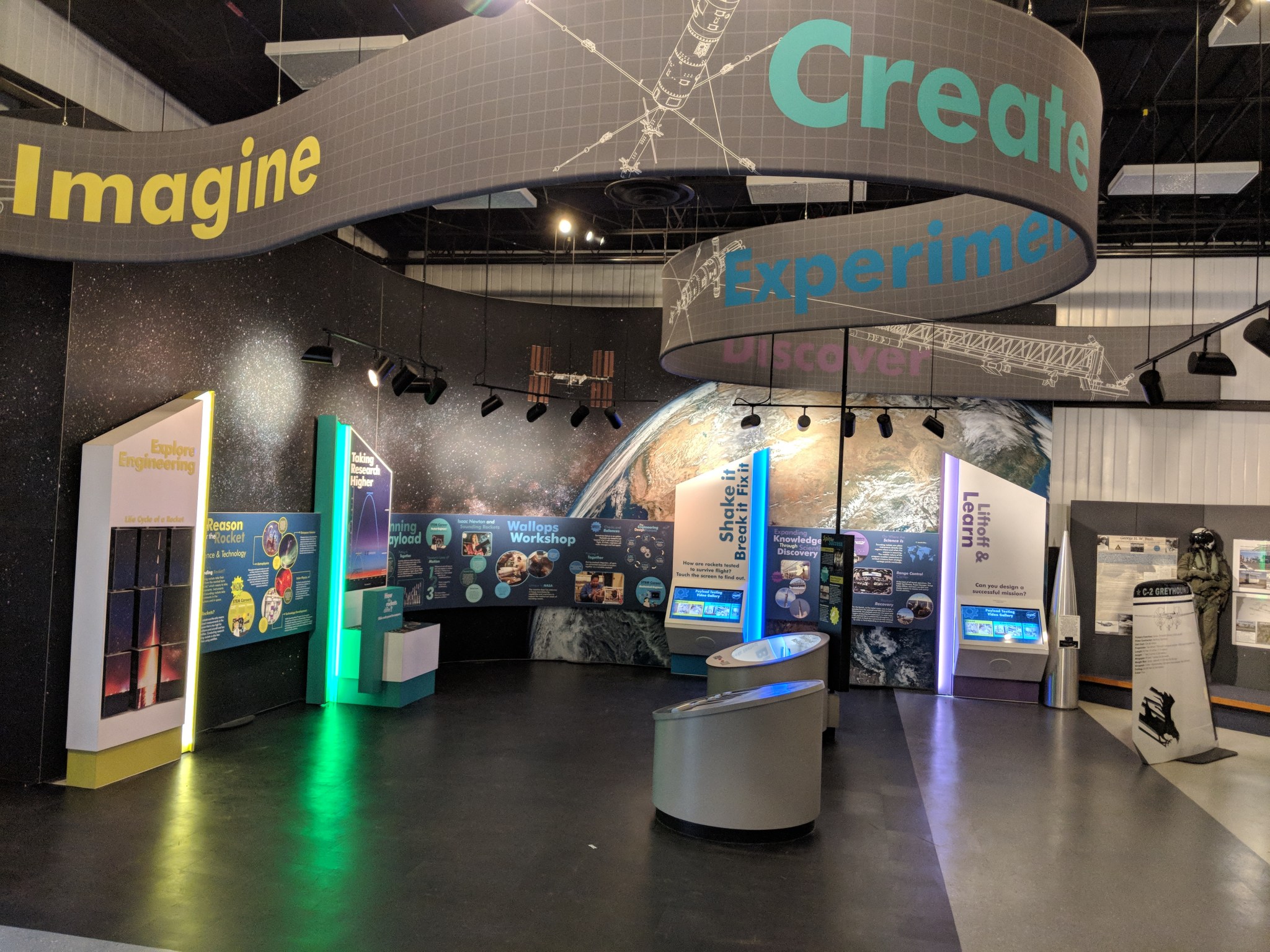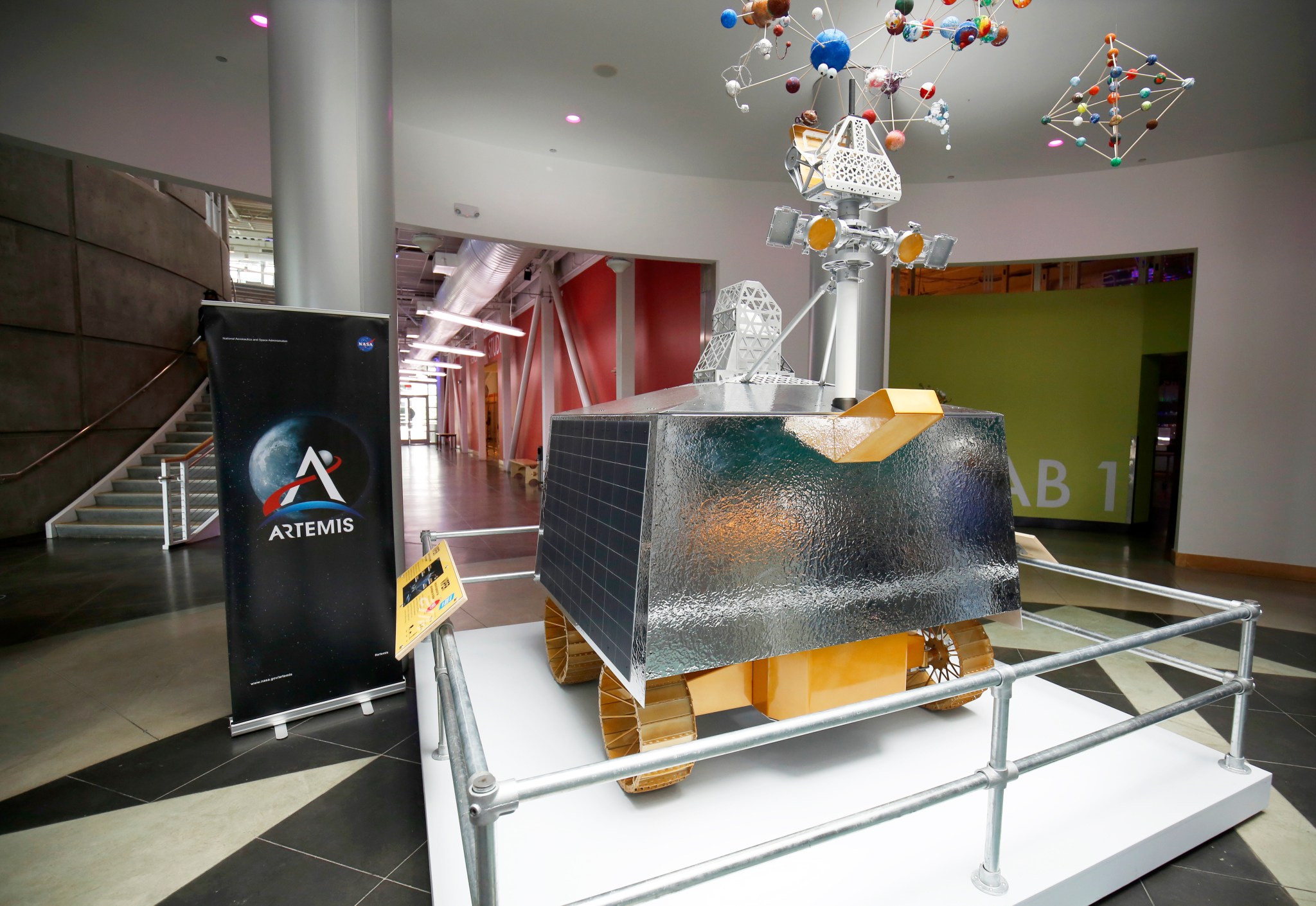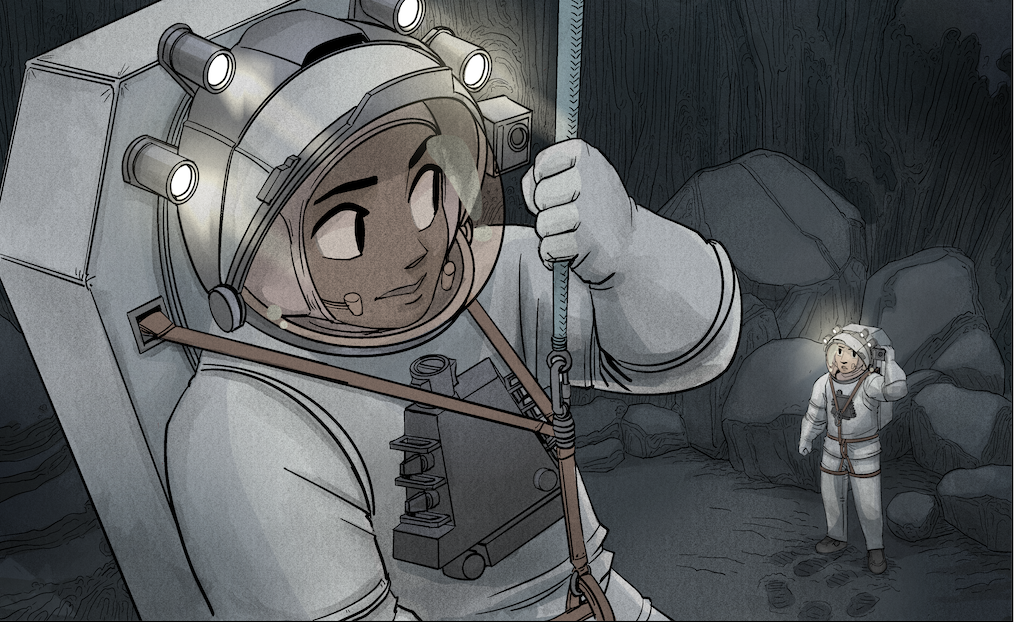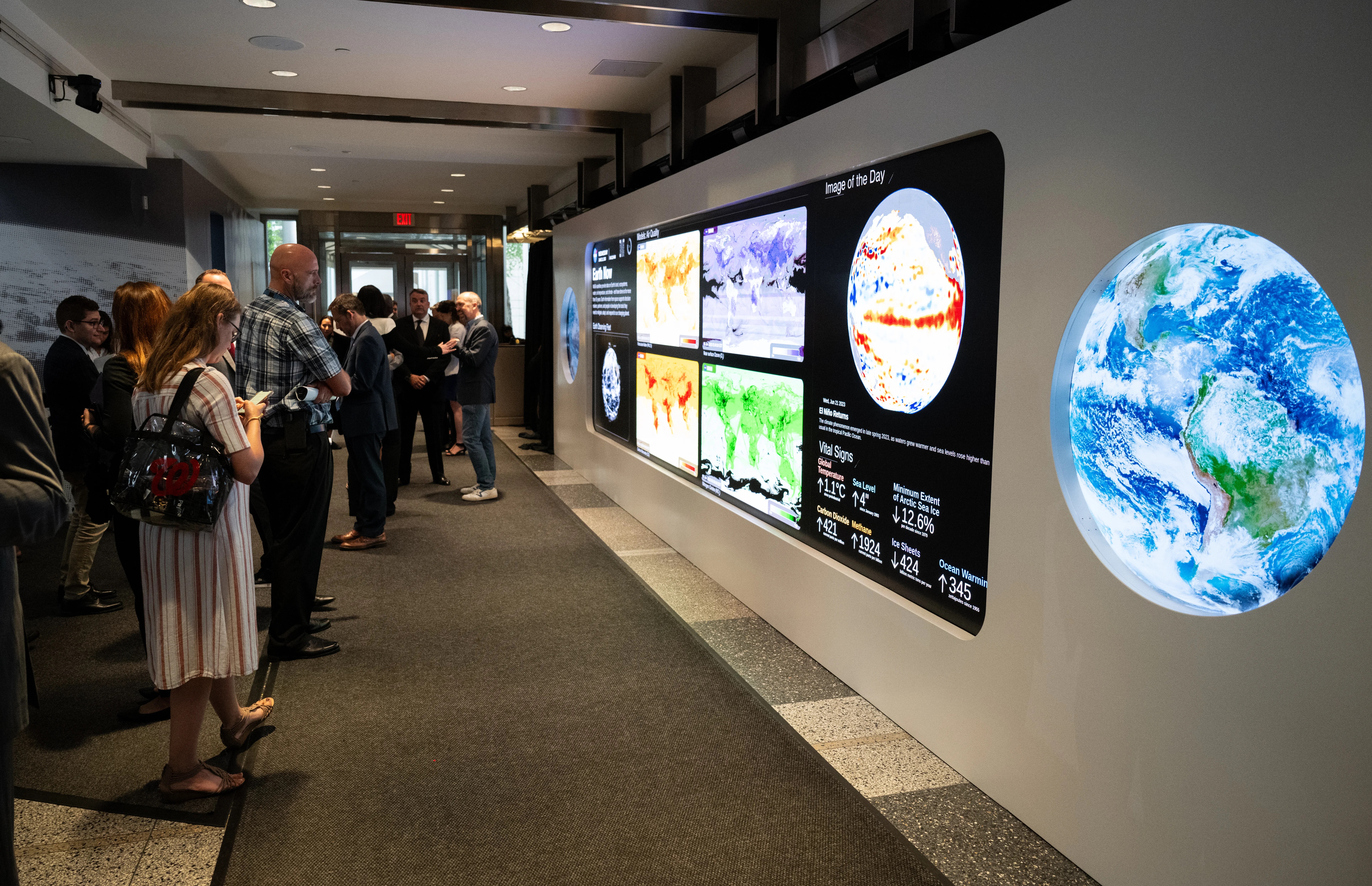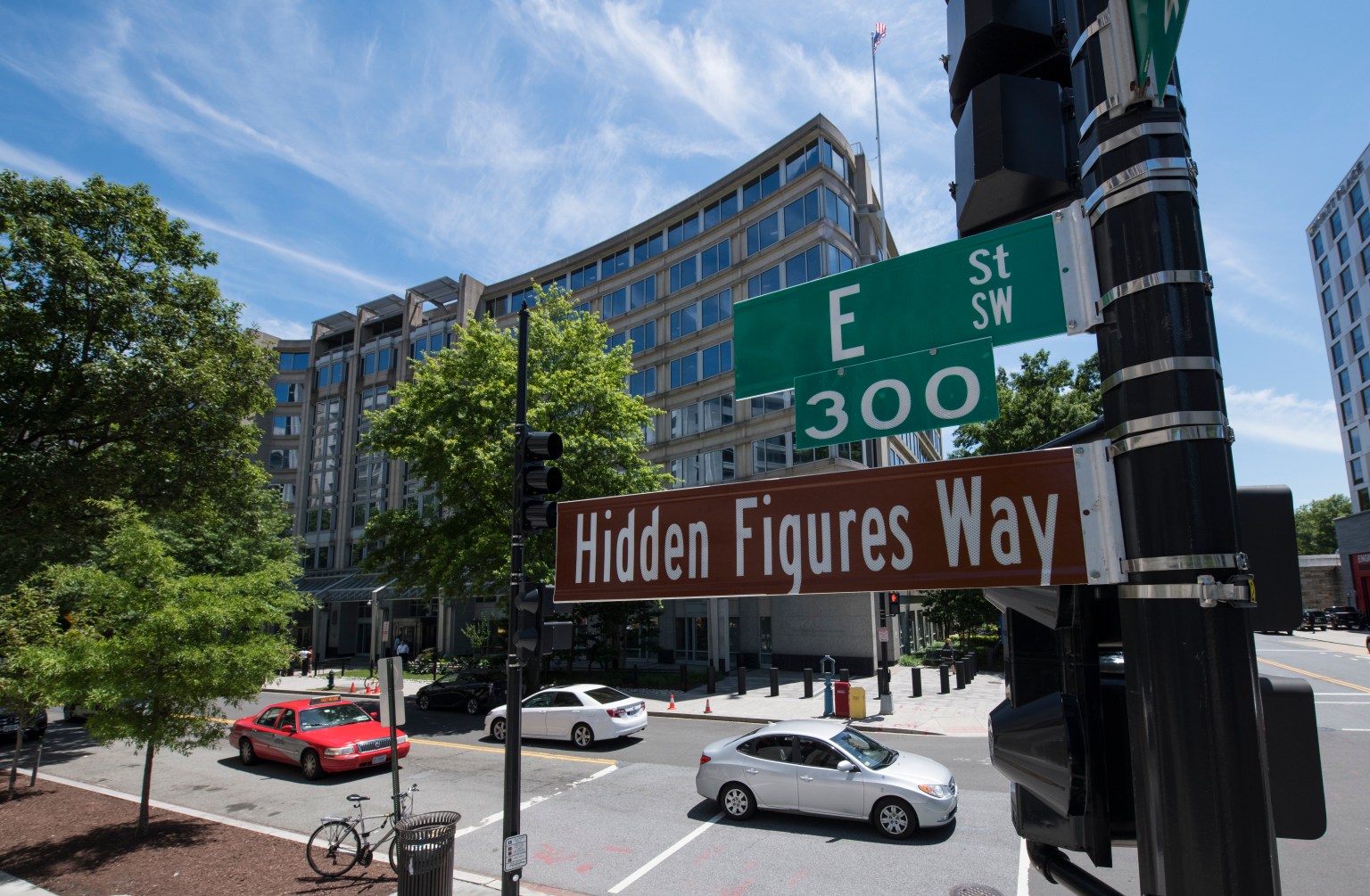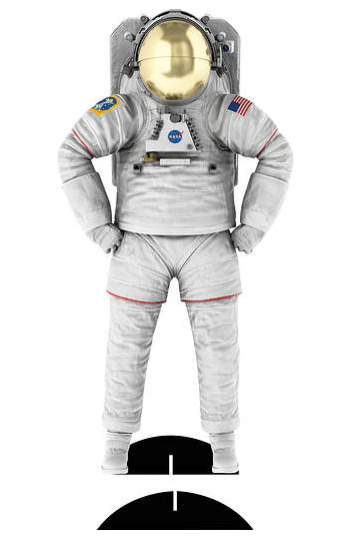NASA has exhibits, artifacts and a pool of speakers available to learning institutions and organizations across the country. Learn more about each program using the information below.
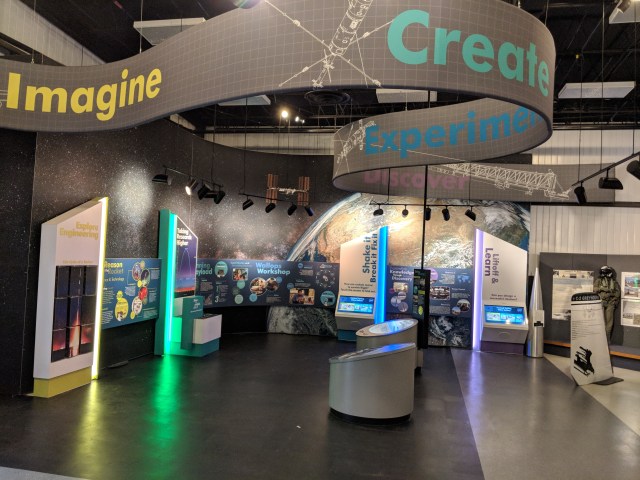
Exhibits
Due to the high demand, unfortunately at this time, NASA is unable to accommodate most requests for exhibits. However, some centers have exhibits on loan.
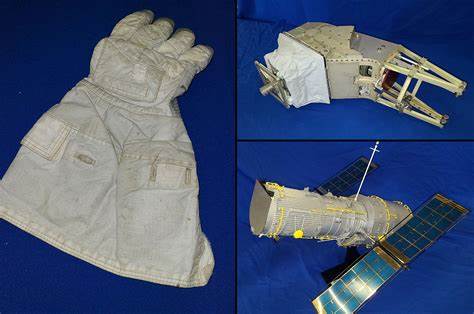
Artifacts Transfer Program
Eligible schools, universities, museums, libraries, and planetariums interested in receiving historic NASA objects for their STEM programs should look for opportunities on artifacts.nasa.gov.
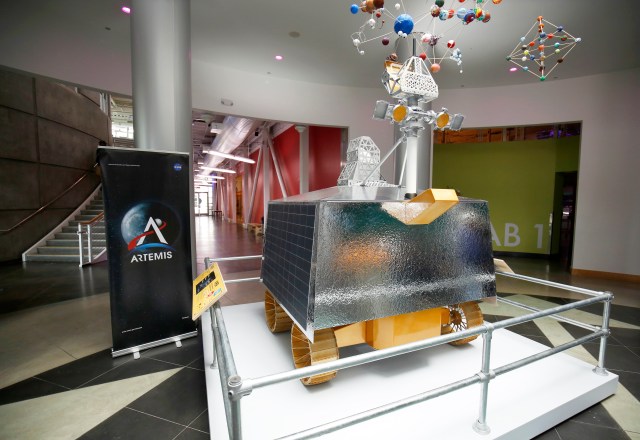
Artifacts Loan Process
NASA is moving to a call for proposals to borrow artifacts. More details will be coming soon.
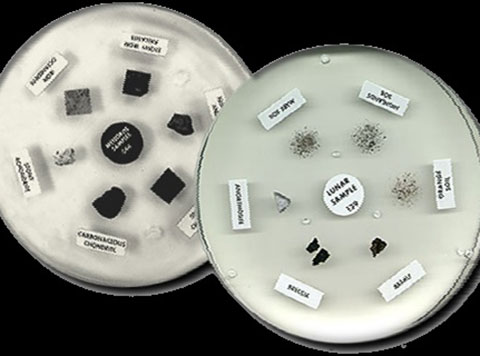
Space Samples for Your Classroom
Schools from K-12 plus colleges and universities can request lunar and meteorite sample disks for their classrooms.
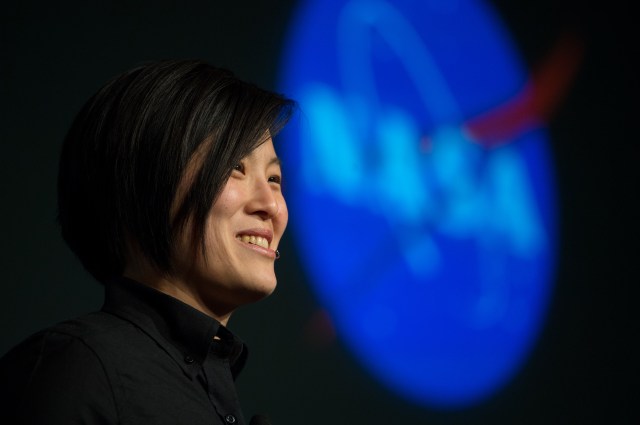
NASA Speakers
The NASA Speakers Bureau is composed of engineers, scientists, and other professionals who represent the agency as speakers at civic, professional, educational, and other public venues.
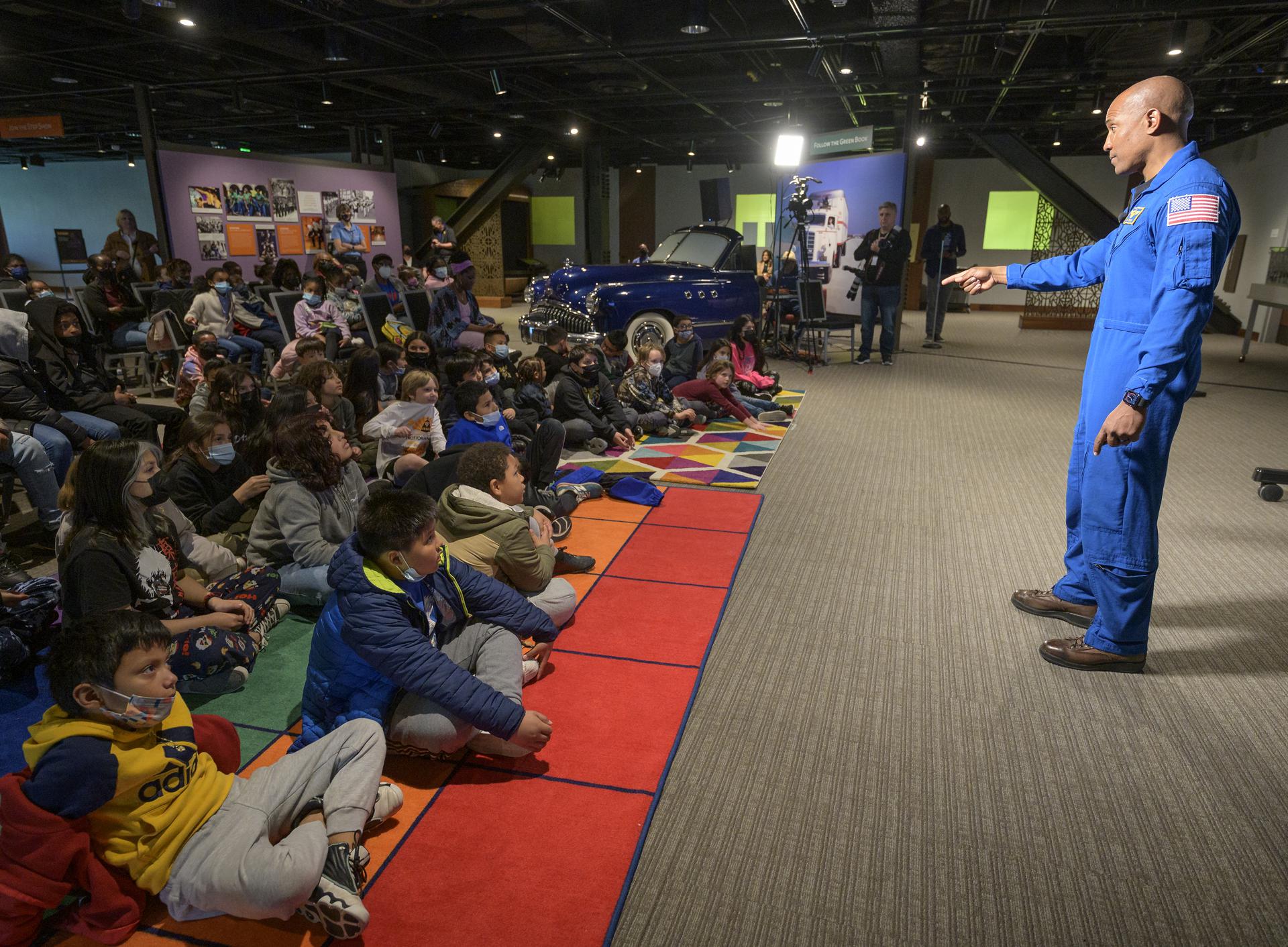
Astronaut Appearance
Learn about those of the NASA corps who make “space sailing” their career profession.
Exhibits
Thank you for your interest in a NASA exhibit. Due to the high demand, unfortunately at this time, NASA is unable to accommodate most requests for exhibits. NASA is taking steps to improve our process for borrowing exhibits in order to better serve the numerous requests received. Please continue to follow this page for updates. Below is a list of centers that are currently loaning out exhibits.
Goddard Space Flight Center Exhibits
Marshall Space Flight Center Exhibits
Artifacts Transfer
Eligible schools, universities, museums, libraries, and planetariums interested in receiving historic NASA objects for their STEM programs are invited to participate in the NASA Artifact module. The next opportunity to participate in the artifact module program is Period 61 which opens on Aug. 28 and closes Oct. 6. Period 62 opens Oct. 23 and closes Dec. 5, 2023. Screening for 2024 will be announced soon.
Artifacts may also be associated with achievements or improvements in technology; our understanding of the universe; and important or well-known personalities.
To learn more about the program, and apply online, visit:
The agency has thousands of items available ranging from decommissioned programs, science instruments, small hardware flown in space, and other major agency activities for loan through that represent the history behind the science and technology of NASA.
“NASA’s Artifacts program offers an opportunity to encourage the next generation of science, technology, engineering, and math students – the Artemis Generation – and many other space enthusiasts, with these priceless artifacts to share the agency’s awe-inspiring accomplishments,” said Lauren Katz, exhibits and artifacts program manager at NASA. “We have a simple process online now for eligible institutions to secure their chance to participate in this unparalleled event. We hope many apply!”
Recognizing the important role it has played in our nation’s history, NASA makes available artifacts for STEM educational outreach activities and displays for the benefit of all. Since 2009, NASA has transferred more than 13,000 artifacts from its extensive collection to organizations across all 50 U.S. states.
Artifacts on Loan
NASA will move to a call for proposals to borrow artifacts. More details will be coming soon.
Space Samples for Your Classroom
Lunar and Meteorite Sample Disk Program
Grades K-12
Designed for K-12 classroom educators who work in K-12 schools, museums, libraries, or planetariums. Each Lunar and Meteorite Sample Disk encapsulates six authentic Astromaterials samples in a six-inch diameter clear Lucite disk.
Read More
Lunar and Meteorite Petrographic Thin Section Program
Colleges and Universities
Designed for colleges and universities offering a curriculum in the geosciences. The petrographic thin section package is intended for use in college and university courses in petrology and microscopic petrography for advanced geology students.
Read More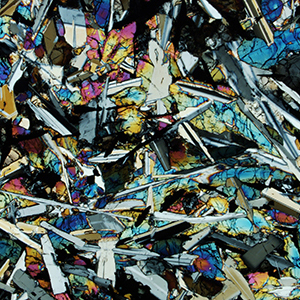
Speakers
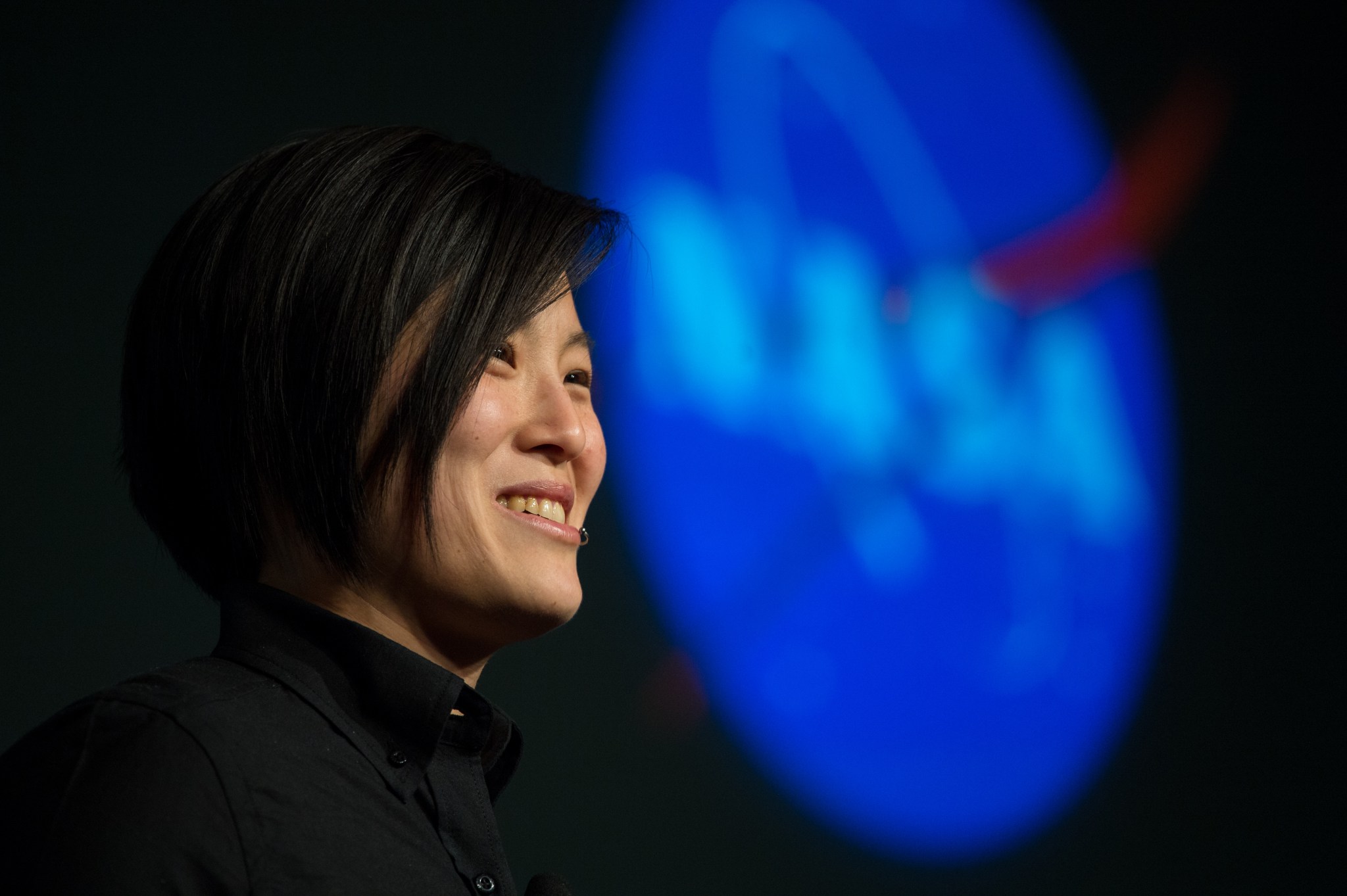
The NASA Speakers Bureau is composed of engineers, scientists, and other professionals who represent the agency as speakers at civic, professional, educational, and other public venues. Each year, NASA speakers provide hundreds of presentations to thousands of people.
The NASA Speakers Bureau is composed of engineers, scientists, and other professionals who represent the agency as speakers at civic, professional, educational, and other public venues. Each year, NASA speakers provide hundreds of presentations to thousands of people.
Exciting topics and dynamic presentations will inspire and educate your group. Topics include:
- NASA overview
- Space exploration
- How NASA improves our quality of life
- Aeronautics research
- Center overviews
- Mission and program briefings
We will work with you to attempt to identify the topic and speaker that will best meet the needs of your audience. Flexibility in your topic and program date helps immensely in securing a NASA speaker.
How to Request a NASA Speaker
To request a speaker, complete and submit the online request form, preferably six to eight weeks before your event. Please review our standard Terms and Conditions.
After submission, your information will be forwarded to your state or region’s Speakers Bureau Coordinator, who will follow up with you.
Because the Speakers Bureau is a volunteer program, we cannot guarantee that all requests will be filled. Flexibility around dates will help immensely in securing a speaker and should be noted in the comments section of the online request form. Your Speakers Bureau Coordinator will work with you to explore potential options.
If you have questions, contact your state or region’s Speakers Bureau Coordinator.
We look forward to working with you!
To request an appearance by a current astronaut, please see the Astronaut Appearance Request Guidelines.
Speakers Bureau Terms and Conditions
NASA speakers typically appear before a wide range of audiences in many different venues in order to share our programs and results with the public. However, some conditions do apply:
Because the demand for NASA speakers is high, not all requests can be filled. All incoming requests are carefully evaluated to assure that they 1) meet the basic requirements listed below and 2) provide an opportunity for NASA to share what we do with largest possible segment of the public.
To request a speaker for your group, the Speakers Bureau must receive a written request (this can be via email). Please allow as much lead-time as possible prior to your event for us to locate an appropriate speaker, preferably 6-8 weeks, longer for international requests. This consideration is necessary to give speakers adequate notice, ensure minimal disruption to their work schedules, and provide adequate advance notice to the requester that a speaker will or will not be available. Please note, however, that because employee participation in the Speakers Bureau is on a volunteer basis, we cannot guarantee that all requests will be filled.
The following terms must be followed for NASA participation at your event:
- NASA speakers may not participate in any activity that is associated with fundraising, promotional activities, or endorsements, either directly or indirectly.
- NASA speakers may not participate in any activity in which any group has been unlawfully segregated or unequally treated on the basis of race, sex, color, national origin, disability, religion, age, or sexual orientation.
- NASA speakers are not allowed to accept honoraria, stipends, or fees for speaking.
- Due to budgetary limitations, NASA may not be able to fund the travel for events requiring the speaker to travel 50 miles or more. NASA does have authority to accept payment from other organizations for travel expenses to meetings for speaking engagements.
Astronaut Appearances

The Astronaut Appearances Office in Houston coordinates and arranges astronaut appearances for astronauts who are actively employed by NASA.
NASA astronauts appear before a variety of groups to inform the public about the U.S. space program. Typically, presentations are made to high schools and universities, community organizations, businesses and associations, or military organizations.
In order to reach as many people as possible, NASA offers three options to choose from in requesting an astronaut appearance:
- Virtual appearances use Microsoft Teams™ to connect an astronaut via video conference with a sponsoring organization. Please ask us about alternate platform options if Microsoft Teams is not available to you. These are available at no cost to the requestor.
- In-person appearances involve arrangements for an astronaut to travel to the appearance location. Please refer to the In-person Appearance Request Instructions section below for additional details related to costs associated with in-person requests.
- Recorded greetings involve arrangements for an astronaut to record an audio or video message in advance to be played at your event. These are available at no cost to the requestor.
Lead times for virtual, local, domestic, and international appearance requests are as follows:
- Virtual appearances: 6 weeks
- Local in-person appearances (Houston area): 6 weeks
- Domestic in-person appearances (continental United States): 8 weeks
- International in-person appearances: 10 weeks
- Recorded greetings: 6 weeks
These lead times are necessary to allow for sufficient time to complete all required NASA legal documentation and arrangement of astronaut travel (if required). The request may be declined if it does not meet these lead times.
The Astronaut Appearance Request Guidelines outline the requirements for requesting an astronaut appearances.
Requests for astronaut appearances should be submitted via our online form located at https://astronautappearances.nasa.gov.
Also, check out NASA Astronauts on Facebook, Twitter, and Instagram.



























